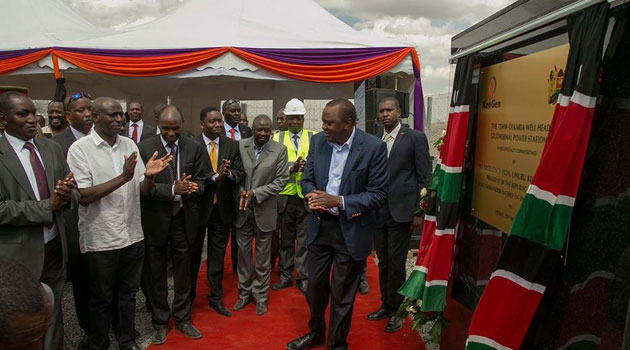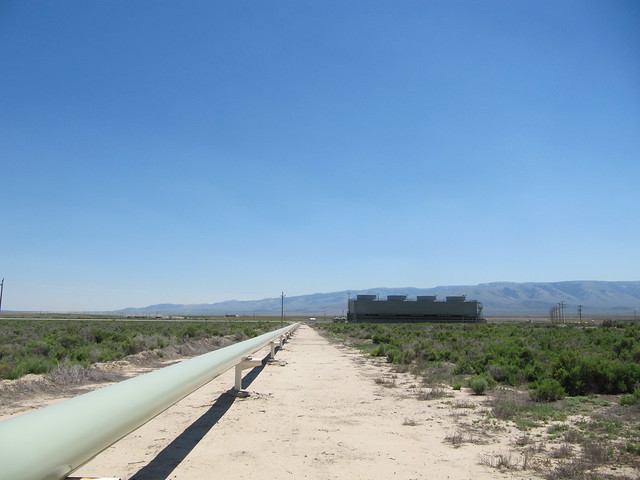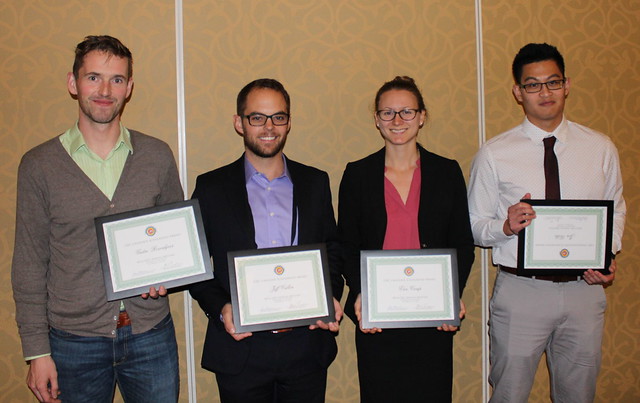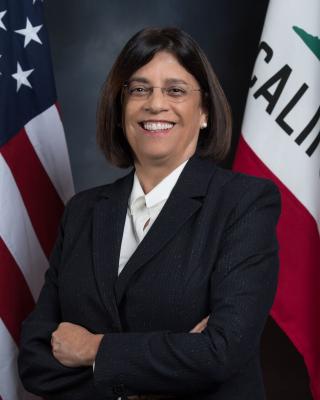Complied by Ron DiPippo Using Google Earth
This shows the area around the Salton Sea Units 1-5 (Units
1-2 lie on the west side of the light square in middle). Left-1992: The plant
site is very nearly surrounded by the sea on the north and west sides. Right-2017:
On the north side, the sea has receded almost to the NW corner and has crept up
the west side. The promontory to the north has been filled in on the west side
and the small bay at the upper right has begun to fill in.
This shows a close-in view of the power plant sites. On the north side the sea has receded about 1000 lateral feet over the period from 1992 to 2017.
This view is about 3.7 miles northeast of the Salton Sea
power plants and shows the mouth of the Alamo River. Left-1992: The small white
piece of land at the upper center is Mullet Island; the larger body of land
just south of the river is Red Hill, essentially an island connected to the
mainland by a narrow causeway in 1992. Right-2017: The receding sea has left a
sizeable new land mass on the south side of the river that completely surrounds
Red Hill making it an actual part of the mainland. On the north, Mullet Island
is now part of that same landmass that is divided by the Alamo River; the new
land now defines a cove (center) with a very narrow outlet to the sea on its
north side. The John L. Featherstone power plant can be
seen at the right-center of the 2017 image.
This is an area about 3.5 miles southwest of the Salton Sea power plants and shows the New River delta. The recession of the sea has greatly enlarged the land area on both sides of the river.
Dr. Ron DiPippo is a world authority and consultant on Geothermal Power Plants. He is Chancellor Professor Emeritus of Mechanical Engineering, former Associate Dean of Engineering at the University of Massachusetts Dartmouth (UMD), a visiting Research Professor and Visiting Lecturer at Brown University in Providence, Massachusetts Institute of Technology (MIT), as well as a visiting lecturer at the School for Renewable Energy Science at the University of Akureyri, Iceland.






































